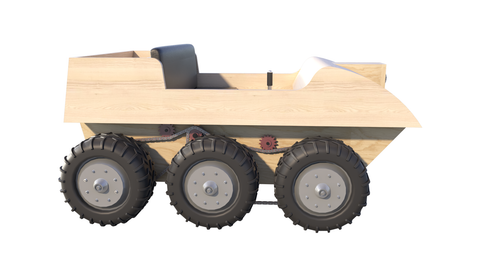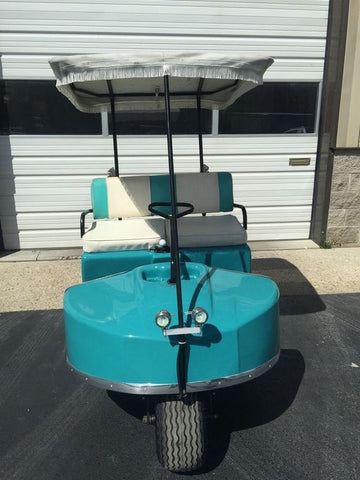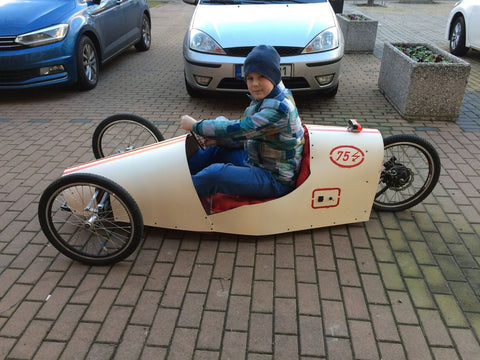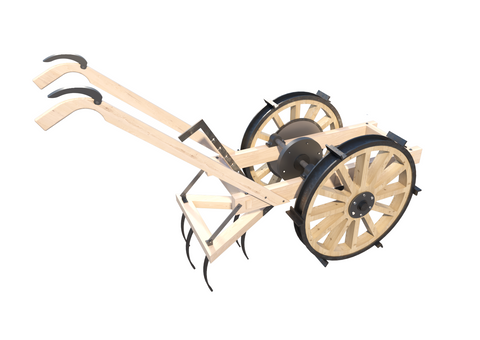Build Our Own Baby Crib - Free Baby Crib Plans Newborn Bed Sleeper Storage Nursery Furniture
These Free Baby Crib Plans will show you how to build this beautiful crib. This will be one of the most satisfying projects you will ever build. I build my first one 33 years ago and it is still in use today. I have build 4 more since them. It melts my heart when I see a baby sleeping in a crib I build myself. You will fir this crib easy to build yourself. These are modern drawings produced using AutoCAD software to ensure accuracy. Build it yourself! Free DIY plans.
What is a Baby Crib?
When shopping for a baby crib, you may wonder exactly what the difference is between a bassinet and a full-size one. A full-size crib is usually larger than a bassinet, and a travel crib is too small to be placed next to your bed. Convertible cribs, however, are great because they can be used as daybeds or toddler beds as your child grows. Convertible cribs are often a bit expensive, though, and they are not the right size to place next to your bed.
The size of a non-full-size crib
If you're considering purchasing a non-full-size crib for your child, there are a few things to keep in mind. First, you should look for a crib with a tracking label. It must be permanent, and the label must contain basic information, including the manufacturer's name, location, date of manufacture, and cohort or batch number. If it doesn't have a tracking label, you can't register it and get a refund.
In order to meet the new standard, each non-full-size crib should be tested by a third-party conformity assessment body that has been accredited by the Commission. The third-party lab must also meet certain criteria. For example, the firm must be able to test both full-size and non-full-size cribs to ensure that they are safe for babies. The Commission's notice for laboratories indicates that these test facilities should also be accredited to the new standards.
The size of a bassinet
The size of a bassinet in baby cribs differs from standard cribs. Basically, a bassinet is smaller than a standard crib, and it's meant to be a mobile sleep area. Many bassinets have wheels, and many of them feature locking mechanisms, making them difficult to move while the baby is sleeping. Bassinets can be a more cost-effective choice for a nursery than a crib, as they're smaller than a standard crib.
If you're choosing a bassinet, make sure it's padded and comfortable for your baby. However, don't go for too thick a mattress as this can cause suffocation hazards, so look for a bassinet with sides a soda can wide. A bassinet's mattress should be no more than 1.5 inches thick for safety.
The size of a full-size crib
There are several factors to consider when choosing the right full-size baby crib. The width and length of the crib should be the same, and the mattress should fit snugly without any gaps. The mattress should be no wider than six inches; if it is, you may risk entrapment or suffocation. The crib mattress should only contain a mattress intended for the crib. Do not use any other mattresses or cushions with it.
The CPSC has a rule regulating the size of full-size baby crib mattresses. This regulation was implemented to prevent entrapment and other dangerous incidents associated with cribs. These regulations also address crib assembly and interior dimensions. This regulation is meant to protect babies from harm and death. Cribs should fit within these dimensions and be easy to assemble. When buying a full-size baby crib, take note of the safety features that are included in the package.
The size of a travel crib
There are many factors to consider when purchasing a travel crib for a baby. The size of the travel crib should be able to fit into a small suitcase while still being large enough for the baby to sleep comfortably. You also need to consider how much space is available in the travel crib and whether air flow is an issue. Many cribs come with extra features such as a canopy and toy rails, but these may not be necessary in every case.
Standard baby cribs measure about 28 inches by 52 inches. Conventional cribs are larger and heavier than travel cribs. They are also designed to be in a fixed position and can be difficult to move. A travel crib is a portable crib designed to meet the needs of parents who travel often. A travel crib is made to be smaller and easier to pack. The best travel crib for a baby is one that is lightweight and folds small, so that it can fit in a vehicle.
All DIY plans are designed by Ben Stone. Ben is a retired Engineer in Canada. Ben also drafts these himself using the latest AutoCAD software to ensure accuracy. He studied Engineering back in the early 1980's. After over 30 years in the Construction industry he developed a passion for building cool items around his farm and cabin. These are great DIY projects. With a little skill anybody can Do It Yourself. Ben is always a email away if you have any questions while building one of his projects. He is adding new plans all the time.










